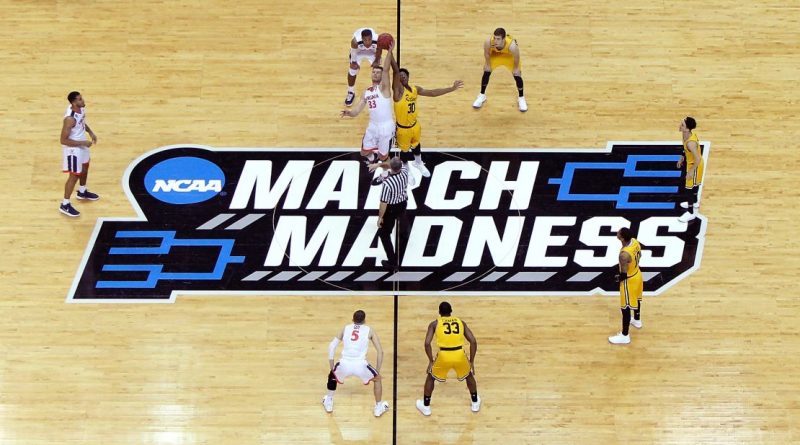Evolving Madness: The Effects of NIL and the Transfer Portal on College Basketball
Justin Loretz
Staff Writer
March Madness has always been about, well, just that: madness—buzzer beaters, bracket busters, and Cinderella stories capturing America’s heart. But in recent years, and especially this season, the NCAA Tournament has evolved into something bigger and arguably better. While many lament the decline of sleepers making deep runs, the 2025 Final Four made a very good case as to why this new era—driven forward through NIL (Name, Image, and Likeness) deals along with new transfer portal rules and implications—might just be March Madness at its finest.
The NCAA’s transfer portal, which was once a trickle of movement with little impact, has now turned into a tsunami of talent reshuffling. So much so that some coaches, such as Rick Pitino of Saint John’s, have openly said that this may become their only focus for team building in the future. Players are no longer forced to sit out for a year when transferring, which, when coupled with the advent of deals, means athletes have both freedom and incentive to move as opportunity is knocking now louder than ever.
Because of this, the rich have only gotten richer. The programs and “blue bloods” that have already been established as powerhouses are reloading even faster, while mid-majors struggle to hold onto breakout stars. Teams that were once destined to carve out a “Cinderella run” now have their dreams flattened as continuity lacks from year to year, affecting chemistry, as players jump at the first sight of any program offering greater exposure, competition, and NIL dollars.
The 2025 NCAA Men’s Basketball Tournament showcased the evolving landscape of college basketball,

influenced significantly by the transfer portal and Name, Image, and Likeness (NIL) deals. While the tournament delivered high-caliber matchups, particularly in the Final Four, there was a noticeable decline in traditional “Cinderella” stories featuring lower-seeded teams making deep runs. For only the second time ever, the Final Four featured four No. 1 seeds: Florida, Houston, Duke, and Auburn, underscoring the dominance of top-tier programs. Florida clinched its third national title by narrowly defeating Houston 65–63 in the championship game.
The high seeding of all Final Four teams highlighted the impact of the transfer portal and NIL deals in consolidating talent within elite programs. The cumulative point differential in the three games played totaled eleven—a number that has not been lower since 1982 when the tournament consisted of fifty-two teams. The tournament saw fewer lower-seeded teams advancing to the later stages. Furthermore, the Elite Eight was comprised of four No. 1 seeds, three No. 2 seeds, and one No. 3 seed, tying it with 2007 as the lowest seed total for an Elite Eight in tournament history. This trend supports the idea that the redistribution of talent through transfers and NIL incentives is diminishing the frequency of underdog narratives that have historically defined March Madness.
The days of underdogs like George Mason or Saint Peter’s storming through adversity and disbelief may be fading. Why? Because the best players are poached by “the big dogs.” The days of emotional magic, evoked by how far “heart” can take a team, are dwindling. Instead, roster building has become a tactical arms race, only among the best of the best, as smaller programs simply cannot keep up and retain talent.
While the consolidation of talent has elevated the level of play among top programs, it raises questions about maintaining the inclusivity and unpredictability that have characterized the NCAA Tournament, which is responsible for such a massive portion of the audience. Stakeholders should consider strategies to ensure that opportunities for lower-seeded teams remain viable, preserving the essence of March Madness. Ideas of implementing transfer fees, similar to those in soccer, spark deliberation and potential, but only matter if it comes to fruition. Finding a balance between embracing these changes and rightfully compensating athletes, while preserving (at least some of) the tournament’s traditional charm, will likely be crucial for its enduring appeal.
Contact Justin at justin.loretz@student.shu.edu

